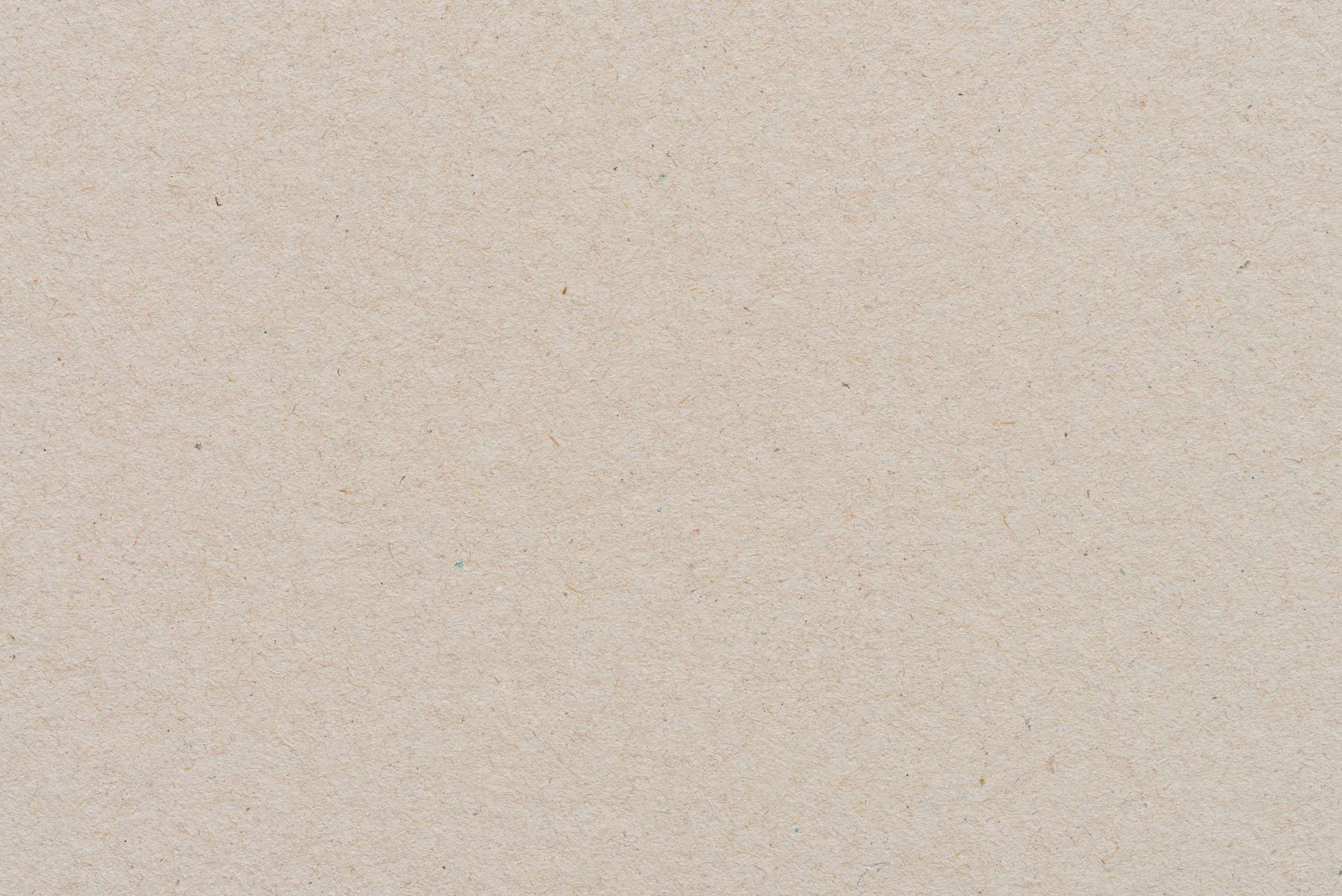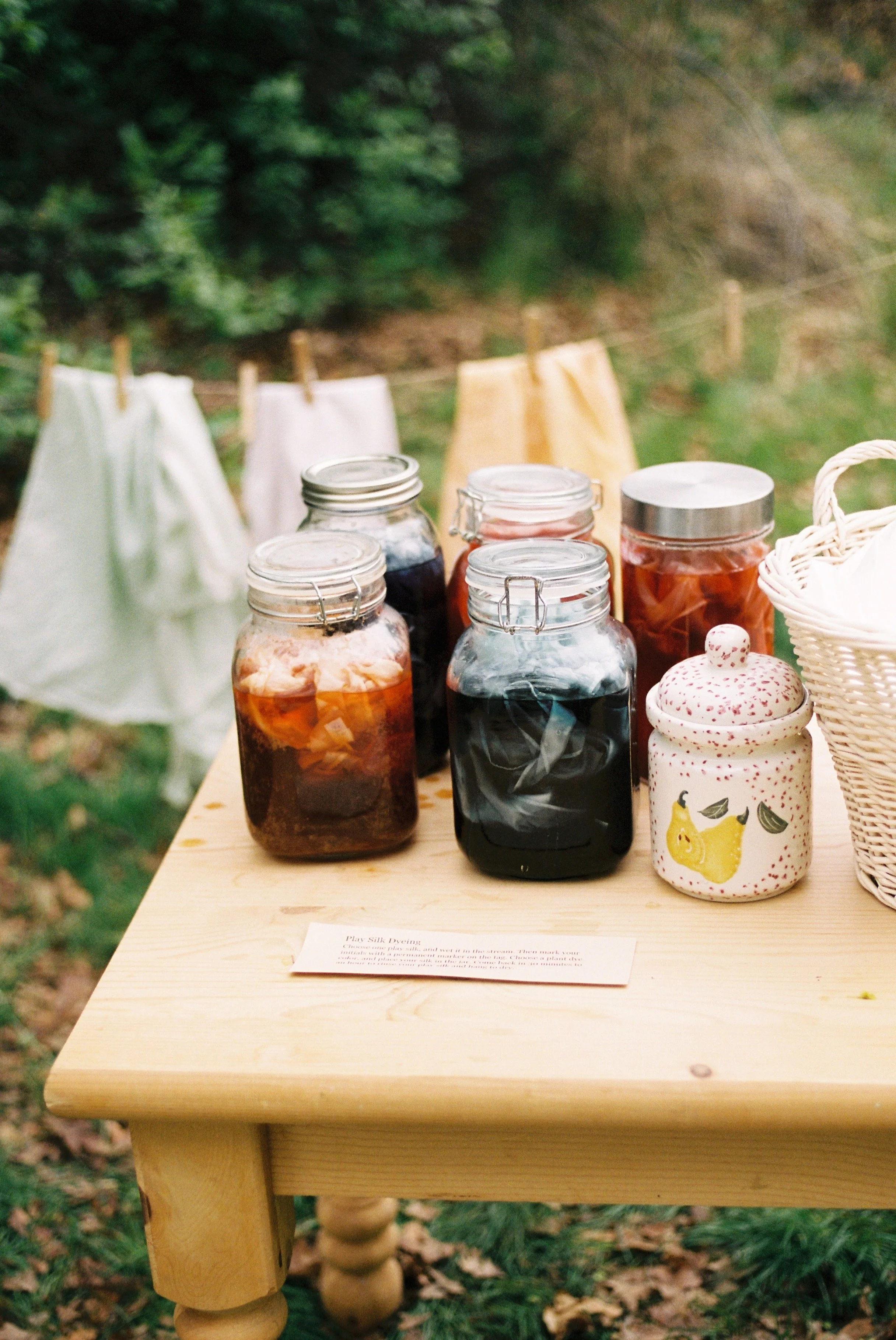
Why are ponds bustling with so much life?
LESSON 2
Children explore the unique habitats pond life offers because of still or slow moving water.
The story “Pond,” by Jim LaMarche
or listen to it here on YouTube
White silk or cotton fabric
Natural plant dye or food coloring, I recommend purple cabbage and baking soda or blue indigo powder for making blues to represent pond colors.
Alum (optional)
Pot to boil water in
Materials
Gather materials
Read through the story beforehand
Preparations
Promote curiosity and interest in pond life.
Encourage children to ask questions and make observations about what they see.
Foster a sense of wonder and curiosity about the natural world.
Encourage children to appreciate and respect the environment around them.
Use new vocabulary words related to pond life.
Objectives for Teachers
Children learn new vocabulary words related to pond life.
Children practice critical thinking and problem-solving skills by making observations and asking questions about the story.
Children develop an appreciation for the natural world and the importance of protecting and preserving habitats.
Children express creativity through dyeing silks to represent water.
Objectives for Children

Collect and Connect
The Little Turtle
There was a little turtle, he lived in a box
He swam in a puddle, he climbed on the rocks
He snapped at a mosquito, he snapped at a flea
He snapped at a minnow, and he snapped at me
He caught the mosquito, he caught the flea
He caught the minnow, but he didn’t catch me

Activity Flow
Begin by asking questions about your visit to the pond.
What was your favorite part about the pond?
What animals did you see?
What plants did you see?
2. Tell your child that you are going to read a story called “Pond.” Sample script- “This story starts out with a boy who discovers a small spring of water coming up from the ground. This water is just a stream, but the boy believes it used to be a pond. He and his friends decide to try to turn it into a pond again. Let’s see if they are able to create a pond from this small spring.”
3. Read the story to your child, taking time to observe what is happening in the pictures on each page.
4. After you have read the story, compare the pictures of the first few pages of the story to the picture on the last page of the story. Questions you might ask your child:
The goal of these questions is to help them understand that still or slow-moving water like a pond or a stream, provides food, water, and homes for animals. Water is why ponds are bustling with life!
5. Tell your child that they will be making pretend water today using play silks/cotton fabric. These photos give an example of multiple colors, but for this lesson specifically we only made shades of blue. Follow the steps below to dye your silks together.
What is different from these first pages to the last page?
Why do you think there are more animals and wildlife?
Would ducks and geese be able to live in a small stream like on the first page?
Could frogs, fish, and turtles live in a small stream like on the first page?
Why do you think more birds visit the area now?
Place white silks/cotton in a large bowl of cold water and add about a tablespoon of alum powder. This helps bind the dye to the playsilk. This step is optional, the color just might not bind as well if you skip. I’ve skipped this step before and it still worked for me.
Bring a pot of water to a boil for each color you plan to do. Once boiling add your plant material. I recommend blue indigo, and purple cabbage with baking soda to make blues. If you plan to use food coloring you can skip this step.
Strain plant material and pour colored water over play silks in a separate bowl. If you use food coloring just place the playsilk in a bowl with warm water and drops of food coloring.
Allow the playsilks to soak in water for some time. The longer the time, the stronger the color will be. I recommend at least 30 minutes up to overnight.
Rinse silks and hang to dry.




